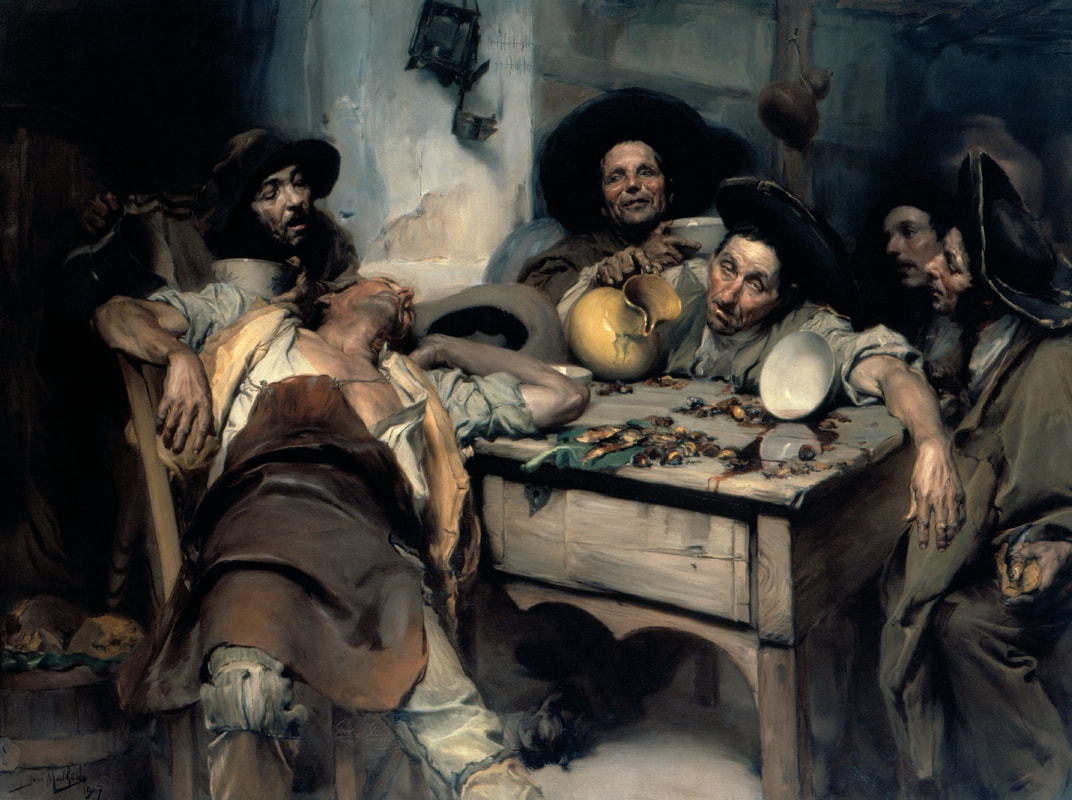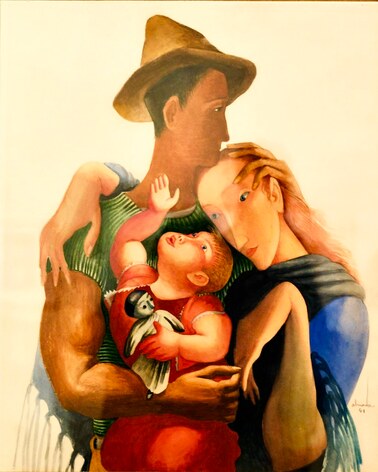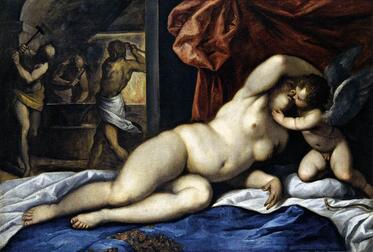The Malhoa Connection
|
A decades-old crime. A torment not forgiven. Ice-cold revenge.
When a prolific international criminal takes one of Doctor Genevieve Lenard’s friends hostage in his own flat, she is hard pushed to believe his motivation. Calling on her expertise as a nonverbal communications specialist, she sees the genuine fear and desperation behind this thief’s blustering demand to help him stop the Collector. For almost a year, the Collector has evaded Genevieve and her team, leaving behind a trail of stolen artworks, burned-down museums and blown-up galleries. And innocent victims. Grudgingly cooperating with this thief and his associates, Genevieve and her team track the Collector to the cobbled alleyways of Lisbon, Portugal, where they have only one chance to stop this merciless killer from exacting revenge that took decades to plan—an action that would have an irreversible political and economic impact on a global scale. |
Music mentioned in The Malhoa Connection
|
Dalla sua pace - Don Giovanni
Mozart |
Violin Sonata No. 22 in A major
Allegro di molto - Mozart |
Piano Concerto No. 12 in A major
Mozart |
The painting that starts it all...

The Drunks - José Malhoa
More paintings in The Malhoa Connection
A short introduction to José Malhoa
José Malhoa (José Vital Branco Malhoa) was born in a coastal city in Portugal, 28 April 1855. Early on, his artistic talents became evident and by the age of 12, he was enrolled in the Fine Art School in Lisbon. During his eight years there, his talent and dedication was noted and he won numerous prizes.
Unable to gain any scholarship upon graduation, and with no means to further his studies, he worked in his older brother’s clothing store. For three years, he continued to paint until finally his work was accepted for an exhibition in Madrid in 1881. That was the start of his success.
He became the leading name in Portuguese naturalist painting, his works popular and frequently commissioned. Despite a short-lived impressionist influence, he remained mostly true to the naturalist style.
He founded the Society of Fine Art, and rubbed shoulders with the elite artists of that time. He won many awards, medals and honours and in 1933—the same year he died, the José Malhoa museum was created. To this day, the José Malhoa Foundation helps young upcoming artists.
Unable to gain any scholarship upon graduation, and with no means to further his studies, he worked in his older brother’s clothing store. For three years, he continued to paint until finally his work was accepted for an exhibition in Madrid in 1881. That was the start of his success.
He became the leading name in Portuguese naturalist painting, his works popular and frequently commissioned. Despite a short-lived impressionist influence, he remained mostly true to the naturalist style.
He founded the Society of Fine Art, and rubbed shoulders with the elite artists of that time. He won many awards, medals and honours and in 1933—the same year he died, the José Malhoa museum was created. To this day, the José Malhoa Foundation helps young upcoming artists.
A fascinating story map about Portuguese Colonialism: HERE
The article that inspired Celma's character: HERE
Information about the Dark Web: HERE
The article that inspired Celma's character: HERE
Information about the Dark Web: HERE
Visual art work posted for informational purposes only. Contributor believes that the images are within the public domain.












